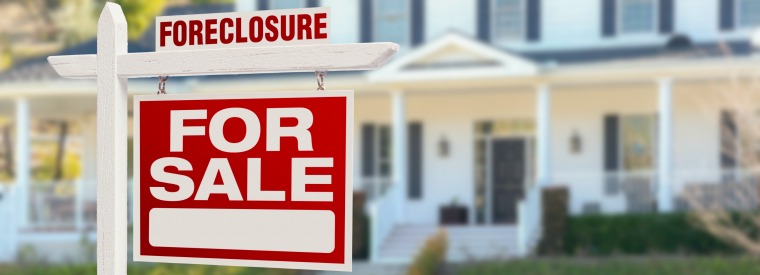While it may not be “the best of times and the worst of times” for America’s housing cialis sector, there is definitely a mixed bag of news when it comes to US home foreclosures in the spring of 2017.
First, the good news: a recent report from ATTOM Data Solutions found that the national residential foreclosure rate has been below the pre-recession levels since the latter part of 2016, and (for the most part) continues to fall; in fact, the survey found that during the first quarter of 2017, the nation’s foreclosure activity had reached an 11-year low.
In real terms, the survey found that 102 of the 216 metropolitan areas analyzed were enjoying their lowest foreclosure rates in more than a decade; that decline in foreclosures marked a significant improvement from a year ago, when only 78 metro markets recorded pre-recessionary foreclosure levels.
All told, nationwide foreclosure filings (including default notices, scheduled auctions and bank repossessions) dropped by 11% from the final quarter of 2016, and by 19% from the previous year. The report also found that a total of 83,145 properties had foreclosure filings in March, a decrease of 24% from last year, but up 1% from the previous month.
Yet, despite the impressive decline in the total number of foreclosures across the country, the survey also reported that several individual states continued to wrestle with foreclosures, and have yet to experience a full, post-recession recovery; in fact, in March, one in every 1,604 properties nationwide had a foreclosure filing.
Running counter to the national trend of declining foreclosures, during the first quarter, some states saw their foreclosure trend lines heading in the wrong direction. Topping that list was Alabama, which experienced a dramatic 40% jump in foreclosure starts in the first quarter; next in line was Texas, with a 26% increase in foreclosures.
Other states that experienced high increases in foreclosures also included:
- New Jersey, with a 24% increase in foreclosures
- Florida, among the hardest-hit states during the housing crisis, saw a 12% increase in its foreclosures
- Illinois also experienced a double-digit increase, with the number of foreclosures up by 11%; and
- Arizona, also hit hard by the recession and housing crises, had a 9% increase in foreclosures during that period.
Perhaps one of the most troubling aspects for states still experiencing an increase in the number of foreclosures was the fact that statistics indicate an ongoing trend towards increased foreclosure activity; in the case of Texas, for example, foreclosure starts have increased in three of the last four months. In Illinois, foreclosure starts have been on the increase in six of the last seven months, and foreclosures have also increased in six of the last 12 months in Arizona.
Still, industry experts caution not to read too much into the fact that some states continue to wrestle with lingering foreclosure challenges.
Some housing industry observers believe that a sizable percentage of the ongoing foreclosure difficulties in several states can be attributed to what is referred to as “legacy distress”, lingering from the housing meltdown that occurred during the Great Recession; they point to a “dysfunctional” foreclosure process that took place during, and immediately after, the Great Recession as being, at least in part, responsible for the lingering foreclosure woes in several states, particularly in hard-hit states such as New Jersey and Florida.
The expectations—and hope—among housing industry experts is, that as the remaining “legacy distress” leftover from the Great Recession foreclosure crisis continues to diminish, so too will the total number of foreclosures—in all 50 states.

